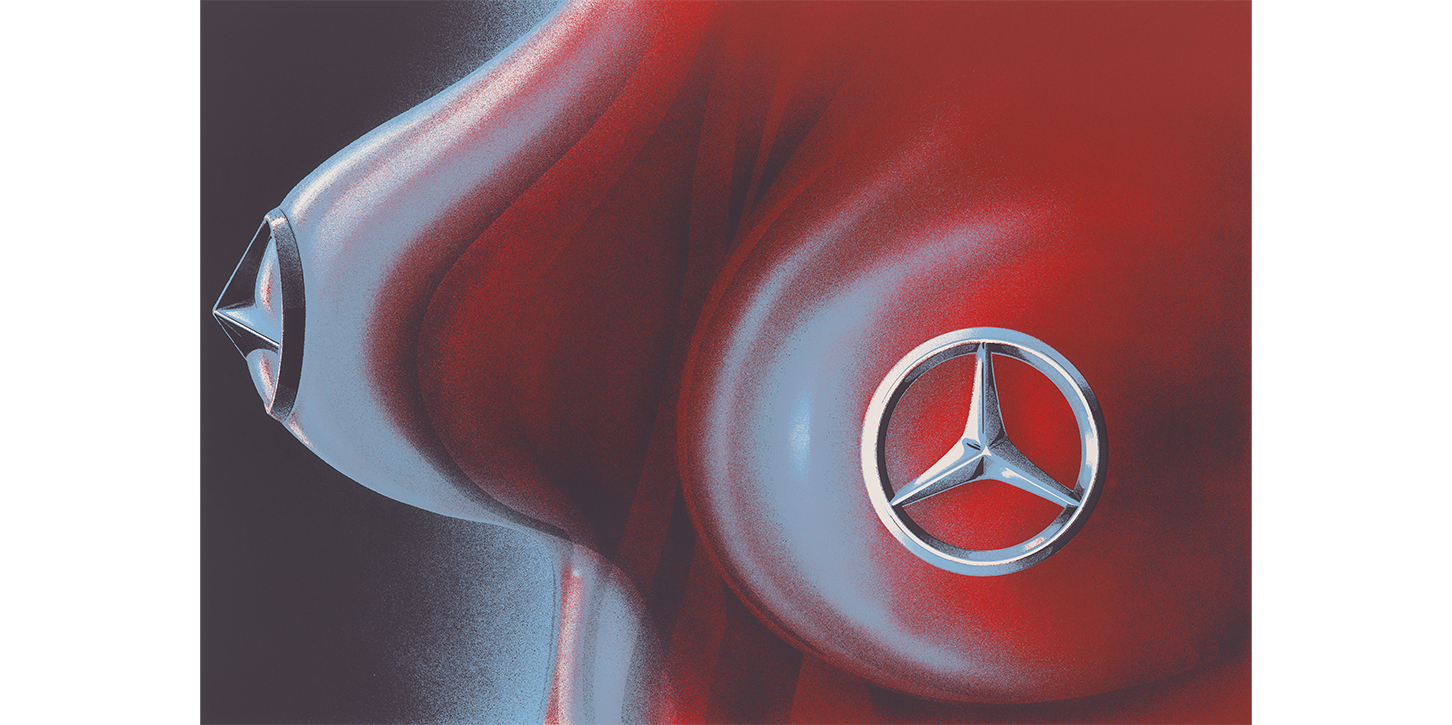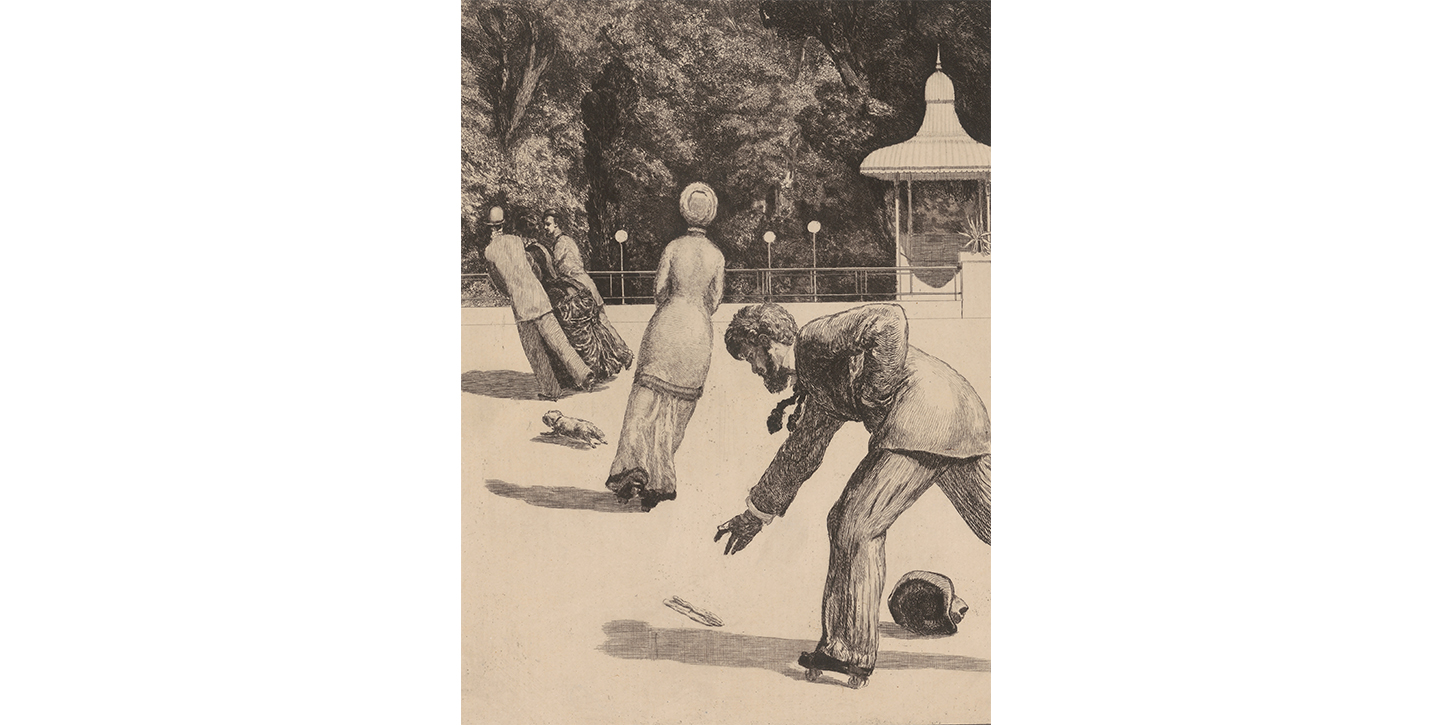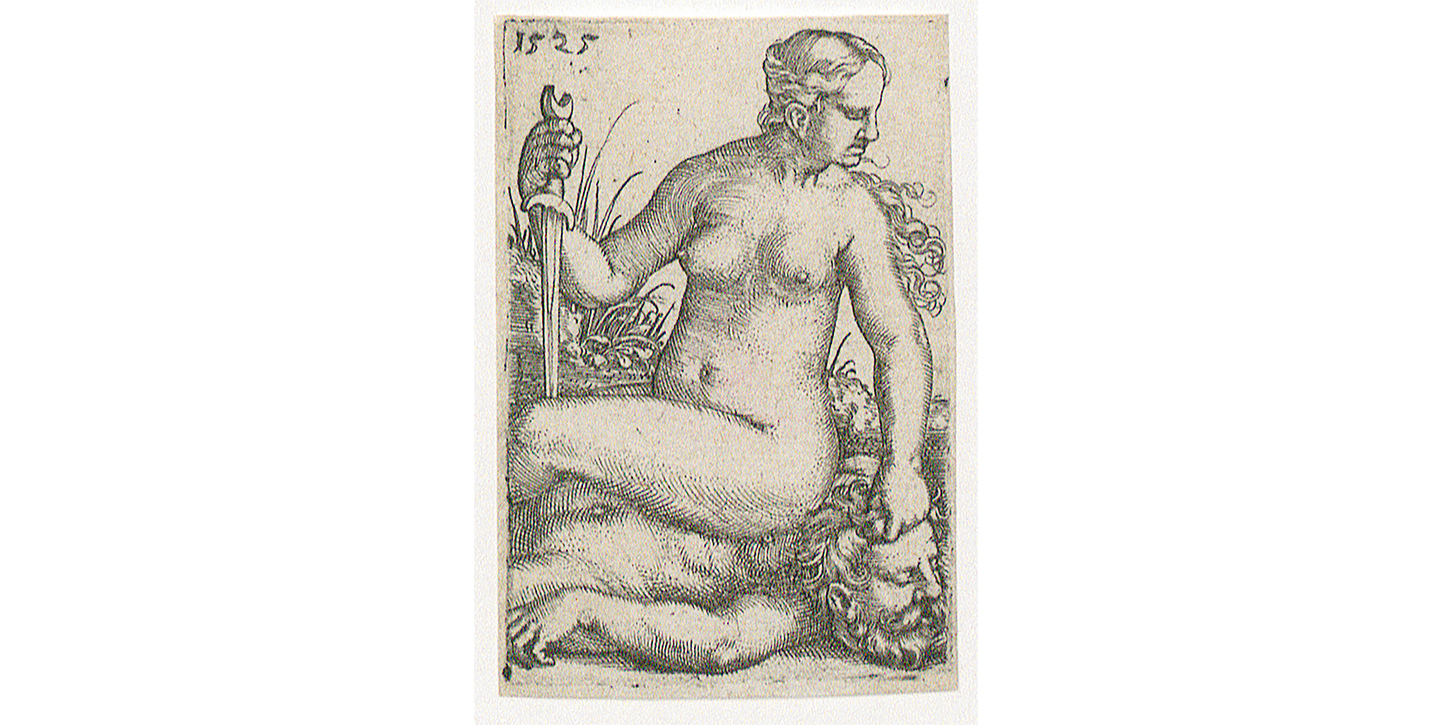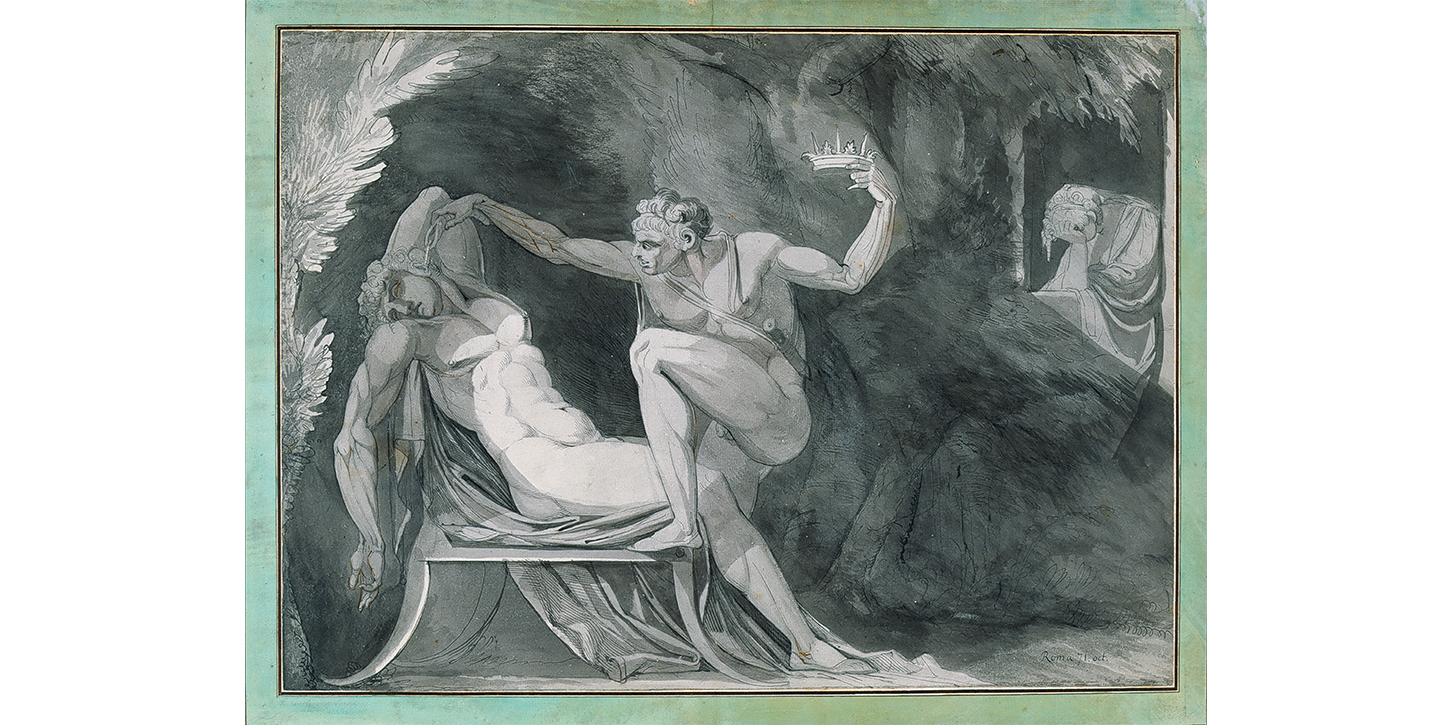Things often have a tale to tell. Art history, since the Renaissance, has constantly been brimming with passions, both openly displayed and hidden away, that bind us to objects of art or to their makers. This fascination for objects can be explained in multiple ways. On the one hand, the concept of “fetish” has its roots in the colonial context of describing objects and practices of the cultural “other” that appeared unfamiliar to the European eye at the time. A sacred object to which magical properties have been attributed, might be interpreted from a religious or ethnographical viewpoint as an idol. On the other hand, from a psychoanalytic point of view, a fetish is an object or body part that stands in for a sexual desire in need of repression. And, just as art itself bears witness to the intoxicating obsession with things, so too does the “thing made magical” (from the Latin facere—to make—and from the Portuguese feitiço—magic) offer an insight into the strange ways in which the reality surrounding us is fetishised.
Not every portrayal of the iconic Adam and Eve scenario is “innocent”, nor does every Judith triumph in the same way over Holofernes. The “femme fatale” is endowed with a plethora of telling attributes—from the naked woman crouching on the decapitated man, to the elegant lady wearing exquisite gloves and the diva with Mercedes stars in place of nipples. The forthcoming exhibition is all about ostentatious gestures and body language, while at the same time exploring grandiose, exaggerated and quirky portrayals of everyday objects. The exhibition will explore these aspects of fetishistic machinations in art from the Middle Ages through the 19th century up to our current moment. The works exhibited include pieces by Barthel Beham, Wenzel Hollar, Odilon Redon and Max Klinger as well as by Urs Lüthi, Louise Bourgeois, Robert Gober and Sylvie Fleury—all under the umbrella of the artist’s quest to find new ways of expressing gender and sexuality, and of devising new forms of allegory. Together with cultural critic Elisabeth Bronfen, we have explored the collection of the Graphische Sammlung. In doing so, we discovered some remarkably constant thematic approaches as well as some astonishing parallels over the centuries. We aim to present these in terms of Aby Warburg’s legendary iconographic work on his mnemosyne atlas.
Curatorial Team: Alexandra Barcal, Graphische Sammlung ETH Zürich, Prof. em. Elisabeth Bronfen (cultural and literary critic, formerly Professor of English Studies at the University of Zurich)






